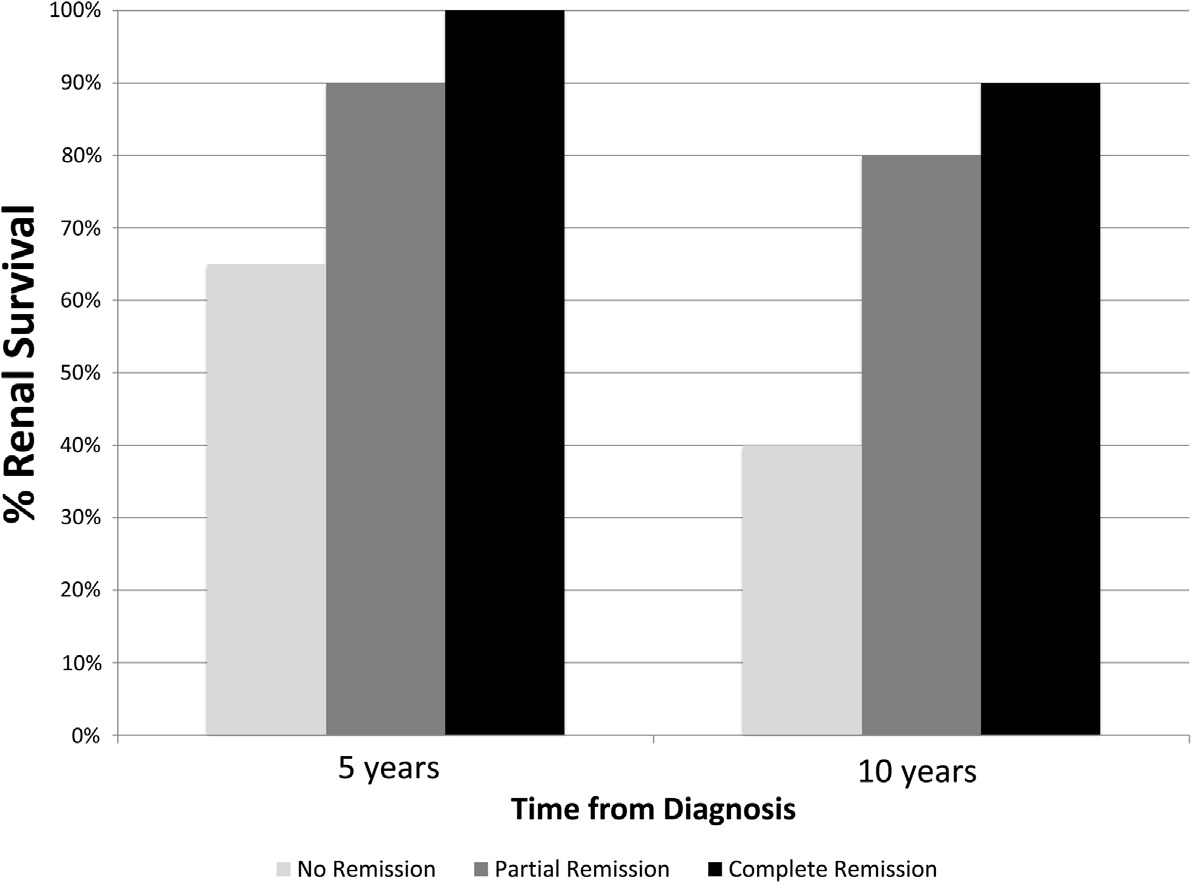frietsongalis.nl
ARTICLE IN PRESS The Association Between Autism and Errors in EarlyEmbryogenesis: What Is the Causal Mechanism?Annemie Ploeger, Maartje E.J. Raijmakers, Han L.J. van der Maas, and Frietson Galis The association between embryonic errors and the development of autism has been recognized in the literature, but the mechanismunderlying this association remains unknown. We propose that pleiotropic effects during a very early and specific stage of embryonicdevelopment— early organogenesis— can explain this association. In humans early organogenesis is an embryonic stage, spanning Day 20to Day 40 after fertilization, which is characterized by intense interactivity among body parts of the embryo. This implies that a singlemutation or environmental disturbance affecting development at this stage can have several phenotypic effects (i.e., pleiotropic effects).Disturbances during early organogenesis can lead to many different anomalies, including limb deformities, craniofacial malformations,brain pathology, and anomalies in other organs. We reviewed the literature and found ample evidence for the association between autismand different kinds of physical anomalies, which agrees with the hypothesis that pleiotropic effects are involved in the development ofautism. The proposed mechanism integrates findings from a variety of studies on autism, including neurobiological studies and studies onphysical anomalies and prenatal influences on neurodevelopmental outcomes. The implication is that the origin of autism can be muchearlier in embryologic development than has been frequently reported.




